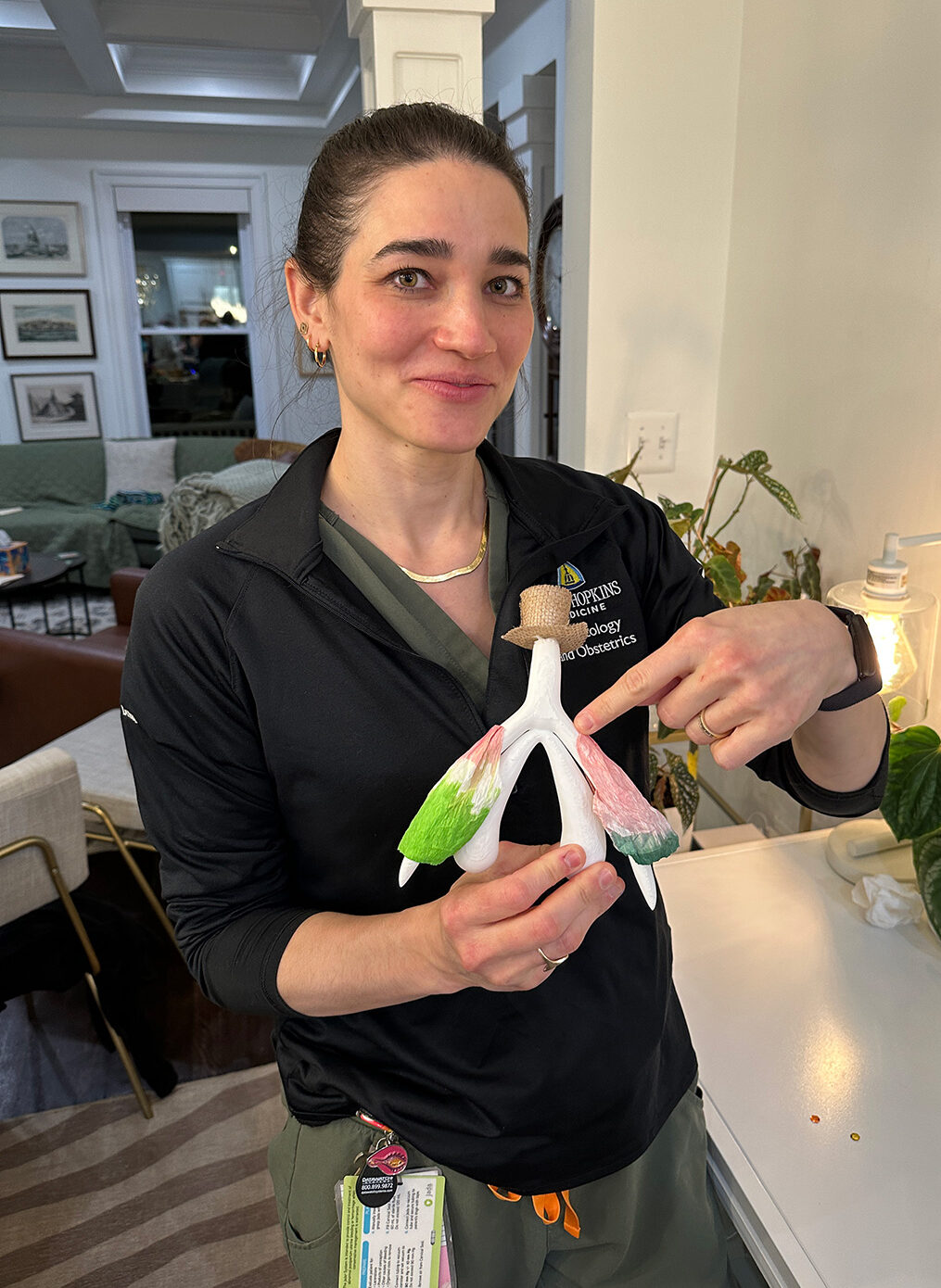PMDD is more than feeling a bit emotional though. For lots of women, PMDD causes them severe mental distress and it impacts their daily lives. PMDD is becoming more widely recognized as a serious mental health issue and The American Journal of Psychiatry thinks that about 5% of women between the ages of 16 and 50 may have PMDD.
The negative feelings that come with PMDD are very real, and sadly many women don’t realize it’s their changing hormone levels that are making them feel the way they do. Women with PMDD can feel hopeless and experience thoughts of harming themselves when symptoms are at their worst.
If you think you may have PMDD it’s important to seek support and help as there is much that can be done to help you feel better. There’s no single test to diagnose PMDD, but a careful look at your medical history by an experienced healthcare provider will help you gain insight into the condition and answer the question, do I have PMDD? There are effective treatments for PMDD that can change your hormonal triggers and help to reduce your symptoms.






